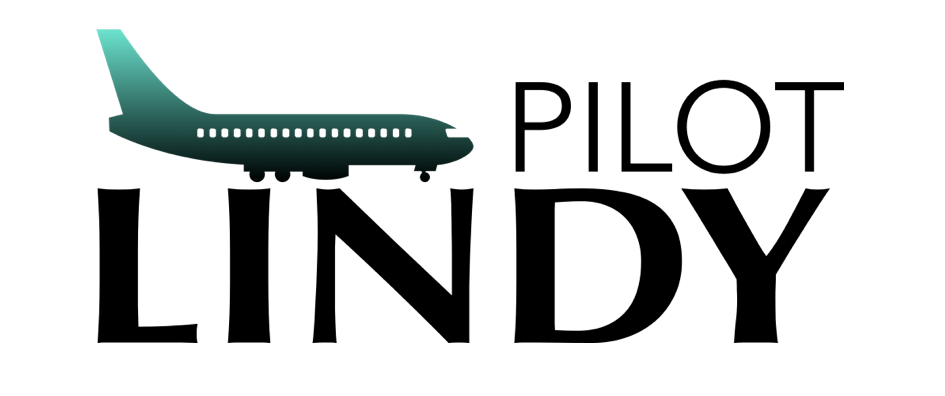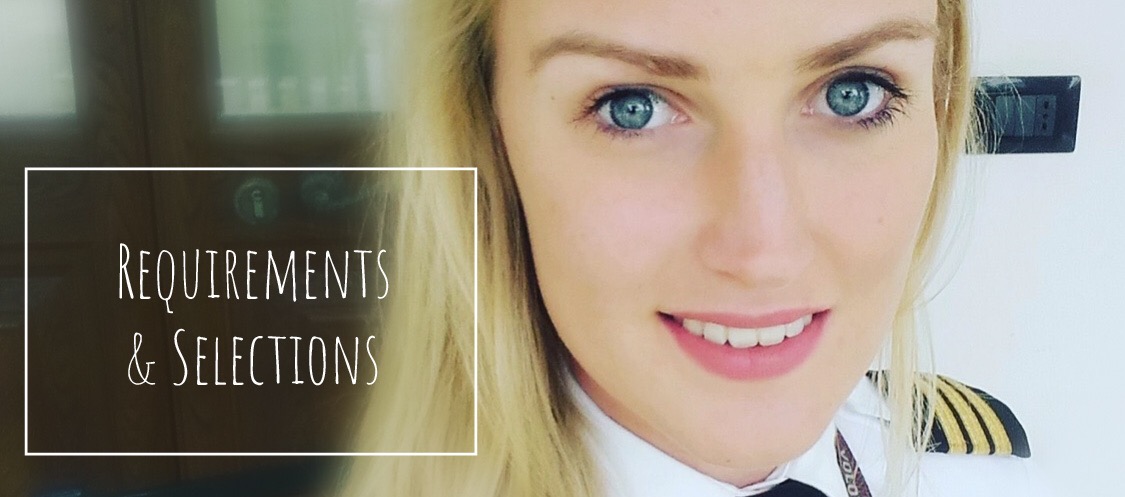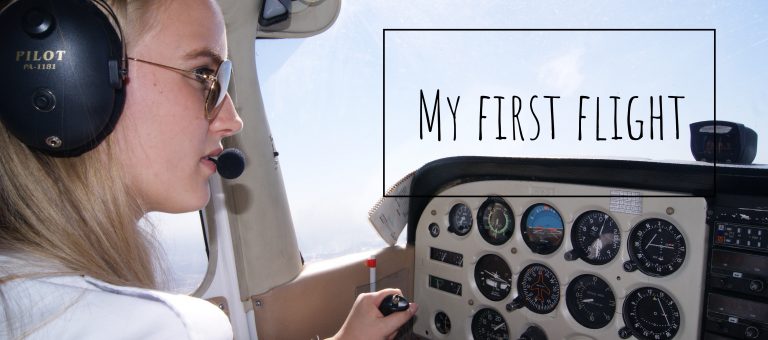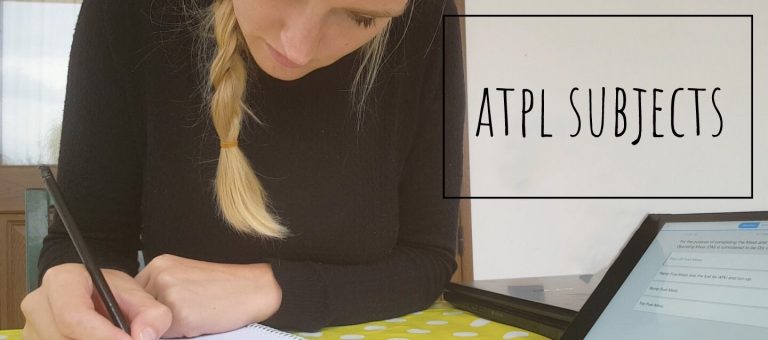Once you have chosen a suitable flight school (read blogpost #01 here), you will need to go and do selections to be accepted to start flight training. Not everyone is suitable to become a pilot. This can be a great disappointment for some people, but it is necessary as it is a job with a high risk and great responsibility.
Below I have written down the general requirements to become a pilot. Keep in mind that these requirements may vary per country and school, but it does answer many of the questions I have received from all of you.
General Requirements for Airline Pilots:
Length: Minimum 158 cm and maximum 203 cm
Eyes: Glasses or contact lenses are allowed, but with a maximum deviation of -6 to +5. Colour blindness is generally not allowed, but in case of doubt: Do a medical test at an Aeromedical Centre.
Pre-Flight School Education: High school level (varying per country) of English, Physics and Mathematics.
Many flight schools have different entry requirements, so I would suggest you to contact your flight school and ask them for their requirements.
In general, flight school selections consist of:
- Written tests for English, Physics and Mathematics
- Aptitude tests (abstract, verbal and numerical reasoning, spatial orientation and accuracy, speed and attention tests)
- Flying capability test in simulator
- Psychological test
- Personal interview
- Medical examination at an Aeromedical Centre.
The aptitude tests may sound scary, but you can definitely practice to improve, in preparation for your flight school selection. I remember that I used a website called 123test.com and it helped me a lot. Also on flightdeckfriend.com you find many aptitude tests for pilots. Especially because after practicing the tests, you’ll feel more confident about your own capabilities.
For the flying capability test in the simulator, you don’t necessarily have to practice beforehand. They don’t expect you to know everything about airplanes and you don’t need to fly flawless. All they want to see is how quick you understand instructions and apply what they just taught you. It’s actually much fun, don’t worry!
The medical certificate requirements are standard for the Aviation Authority per region. In Europe for example, there is the EASA standard Class I medical that all pilots have to comply with. The initial Class I medical consists of:
- ECG (Electrocardiogram)
- Lung function test
- Hearing test
- Eye sight test
- Blood test
- Urine test
- Physical examination
- Written psychological test
If you pass all tests, the aviation authority will provide you your very first Class I medical certificate. A very important step in your journey to become a pilot!
Flight school selections vary significantly per school. If you attend a flight school through an airline cadet scheme the selections may be more restrictive than attending a distance learning course. I will write about all these different types of flight schools in the next blogpost and will include information about the different conditions and cost.
Best of luck!





Pingback: How to become a pilot #04: ATPL Theory Subjects | Pilot Lindy